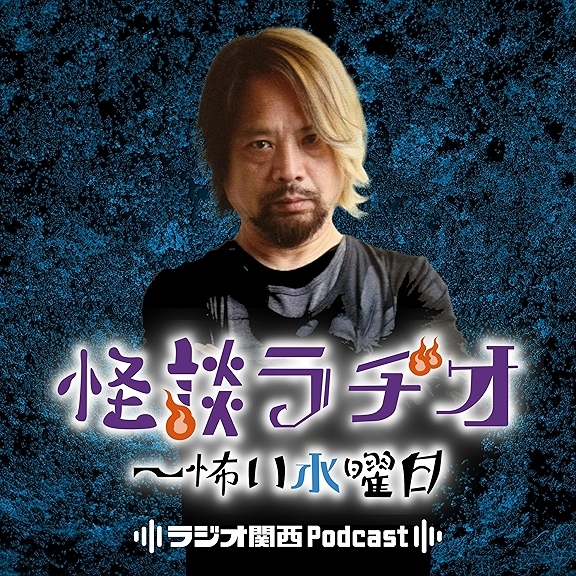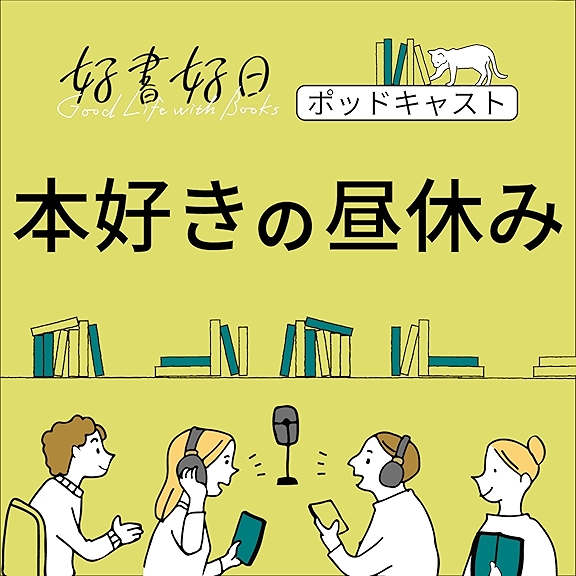
Leslie A. Geddes, "Watermarks: Leonardo Da Vinci and the Mastery of Nature" (Princeton UP, 2020)
Formless, mutable, transparent: the element of water posed major challenges for the visual artists of the Renaissance. To the engineers of the era, water represented a force that could be harnessed for human industry but was equally possessed of formidable destructive power. For Leonardo da Vinci, water was an enduring fascination, appearing in myriad forms throughout his work. In Watermarks, Leslie Geddes explores the extraordinary range of Leonardo’s interest in water and shows how artworks by him and his peers contributed to hydraulic engineering and the construction of large river and canal systems.
In this interview, Allison Leigh talks to Leslie Geddes about transforming your dissertation into a book, how one tackles a body of scholarly literature as immense as that on Leonardo, and whether or not the famous Salvator Mundi was indeed painted by Leonardo. Their conversation ranges from what it is like to examine the artist’s Renaissance drawings in person to the power of comparisons within art historical writing and research.
Allison Leigh is Associate Professor of Art History and the SLEMCO/LEQSF Regents Endowed Professor in Art & Architecture at the University of Louisiana at Lafayette. Her research explores masculinity in European and Russian art of the eighteenth through the early twentieth centuries.




















